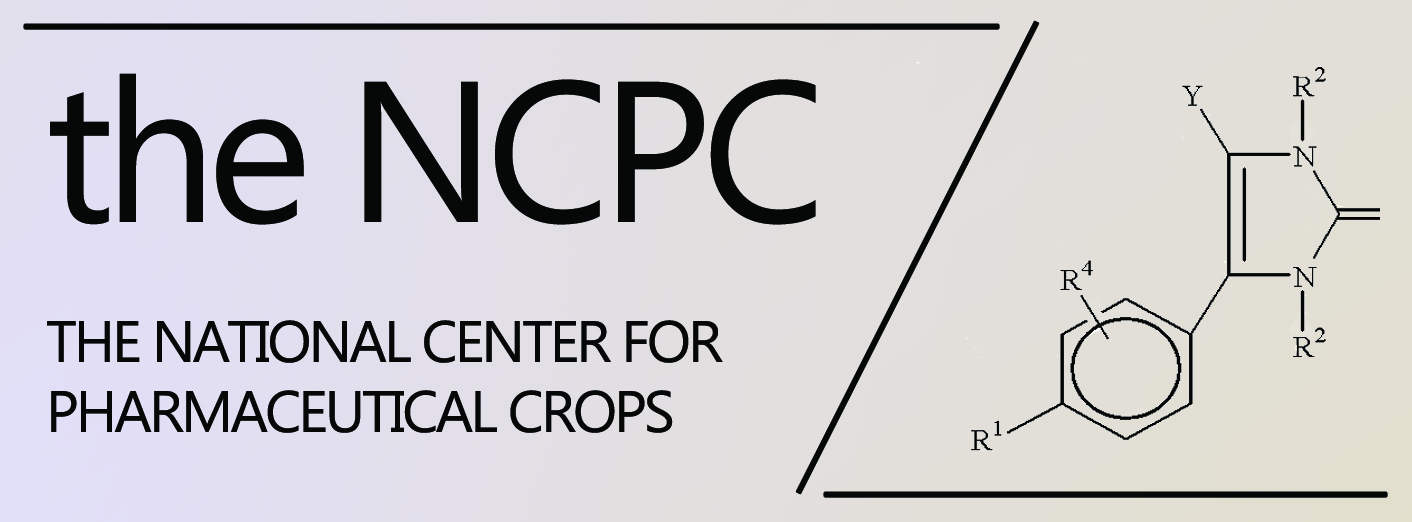
Document Type
Article
Publication Date
12-15-2013
Abstract
Giant salvinia (Salvinia molesta) is one of the most noxious invasive species in the world. Our bioactivity-guided fractionation of ethanol extract of giant salvinia led to the isolation of 50 compounds. Of the six new compounds (1–6), salviniol (1) is a rare abietane diterpene with a new ferruginol-menthol coupled skeleton and both salviniside I (2) and salviniside II (3) are novel benzofuran glucose conjugates with unique 10-membered macrodiolide structures. Sixteen abietane diterpenes (1, 7–17, and 19–22) demonstrated in vitro activities against human tumor cells, and 7 and 8 showed selective cytotoxicity to tumor cells over normal cells.
Graphical abstract
Bioactivity-guided fractionation of ethanol extract of giant salvinia led to the isolation of 50 compounds including 6 new compounds. The new compound salviniol (1) is a rare abietane diterpene with a new ferruginol–menthol coupled skeleton and both salviniside I (2) and salviniside II (3) are novel benzofuran glucose conjugates with unique 10-membered macrodiolide structure through acylation at C-4 and C-6 of glucopyranosyl. Cytotoxicity of 50 compounds against a panel of six human tumor cell lines was examined in vitro.
Repository Citation
Li, Shiyou; Wang, Ping; Deng, Guangrui; Yuan, Wei; and Su, Zushang, "Cytotoxic compounds from invasive giant salvinia (Salvinia molesta) against human tumor cells (Abstract)" (2013). NCPC Publications and Patents. 3.
https://scholarworks.sfasu.edu/ncpc_articles/3
DOI
10.1016/j.bmcl.2013.10.040



Comments
In Bioorganic & Medicinal Chemistry Letters 23(24), 15 December 2013, Pages 6682–6687
Authorized users may access at:
http://www.sciencedirect.com/science/article/pii/S0960894X13012468